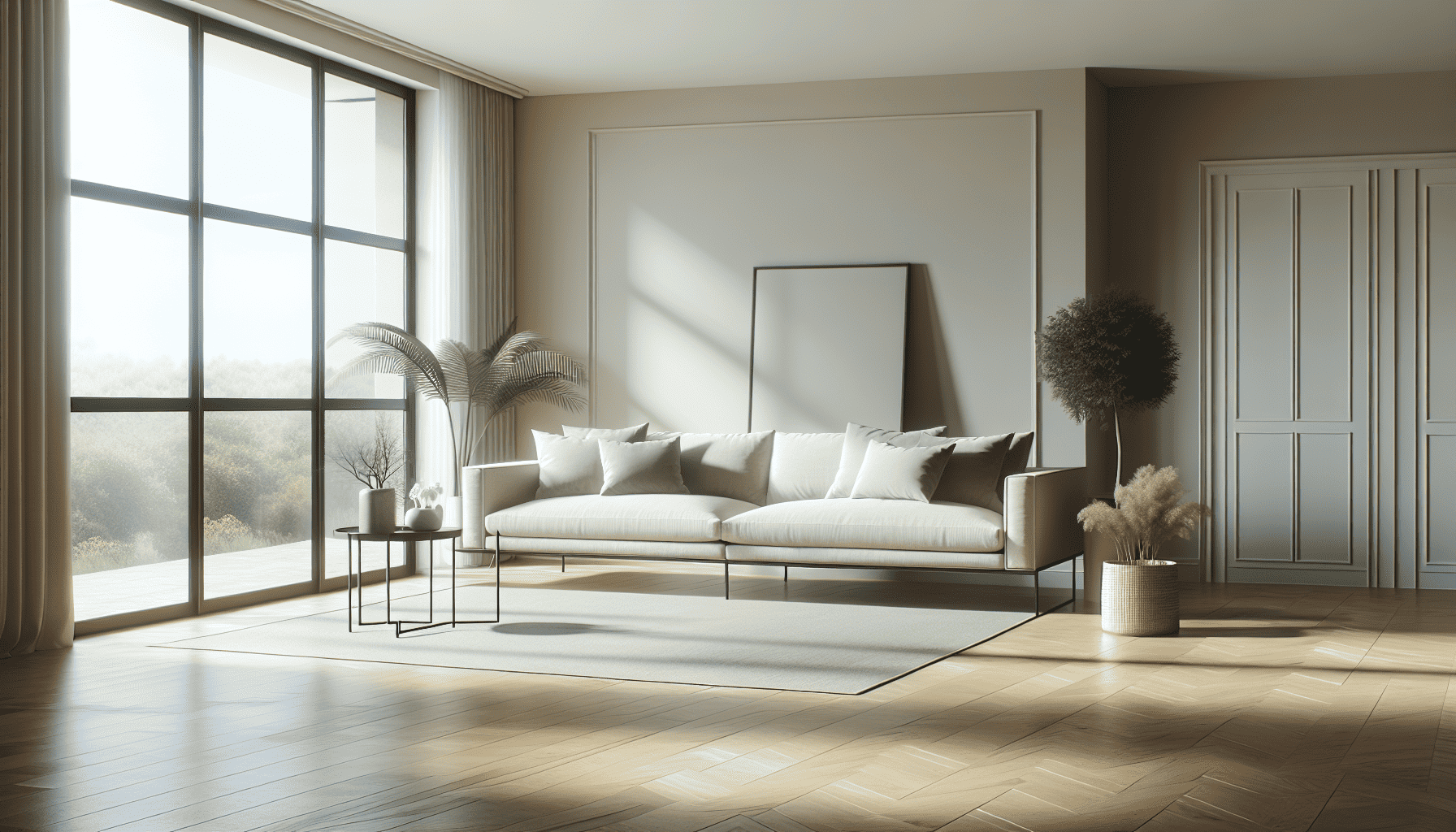Minimalist design is more than just an aesthetic choice; it's a lifestyle that emphasizes simplicity, functionality, and tranquility. By embracing minimalist principles, you can transform your home into a serene oasis that allows your mind to relax and focus on what truly matters. Here's how you can achieve a minimalist look in your space through thoughtful color schemes, furniture selection, and decor.
Choosing the Right Color Scheme
Color is a foundational element in minimalist design. The right palette can set the tone for the entire space. Generally, minimalist design favors neutral colors such as whites, grays, and earth tones, which serve as a tranquil backdrop to your living quarters. These colors are not only calming but also versatile, allowing other design elements to shine.
To prevent the space from feeling too stark or sterile, you can incorporate subtle variations within the neutral palette. Introduce soft pastels or muted shades as accent colors for an added layer of depth and interest. The key is to maintain cohesion by ensuring all colors complement each other, preserving the overall serene vibe.
Selecting Minimalist Furniture
Furniture forms the backbone of any minimalist space. The guiding principle is 'less is more.' Opt for pieces that are simple, functional, and free of unnecessary embellishments. Clean lines, geometric shapes, and smooth surfaces are hallmarks of minimalist furniture.
When choosing furniture, prioritize quality over quantity. A few well-selected pieces can make a stronger design statement than several mismatched items. Consider pieces that serve multiple purposes, such as a sofa bed or a coffee table with built-in storage. This not only helps in saving space but also maintains a clutter-free environment.
Incorporating Minimal Decor
In minimalist design, every piece of decor should serve a purpose or bring joy. Begin by decluttering your space, keeping only what you need or cherish. When adding decor elements, be thoughtful and intentional. A single piece of art or a carefully chosen sculpture can have a more significant impact than a room filled with various decorations.
Use textures to add warmth and interest. A woolen throw on a sofa or a rug with a subtle pattern can break the monotony without disrupting the minimal aesthetic. Incorporating natural materials like wood, stone, or metal can further enhance the sense of calm and connection to nature.
Embracing Open Spaces
Open spaces are a crucial element in minimalist design. They contribute to a sense of freedom and room to breathe, both literally and figuratively. Arrange furniture to create smooth flow and make movement through the space easy and intuitive. Avoid overcrowding rooms, and allow for negative space to accentuate the beauty of your furniture and decor.
Natural light plays a vital role in enhancing the openness of a minimalist space. Keep window treatments minimal to maximize the influx of light. Mirrors can also be strategically placed to reflect light and create an illusion of a larger space.
The Serenity of Minimalism
Adopting minimalism in your home does not mean sacrificing comfort or personal style. On the contrary, it is about stripping away the unnecessary to reveal the essence of beauty and function. By carefully curating your color scheme, furniture, and decor, you create a peaceful sanctuary that invites relaxation and reflection.
In a world filled with constant stimuli and distractions, a minimalist home offers a retreat - a place to ground yourself and enjoy the simple pleasures of life. Embrace minimalist design, and discover the tranquility it can bring to your living space.
